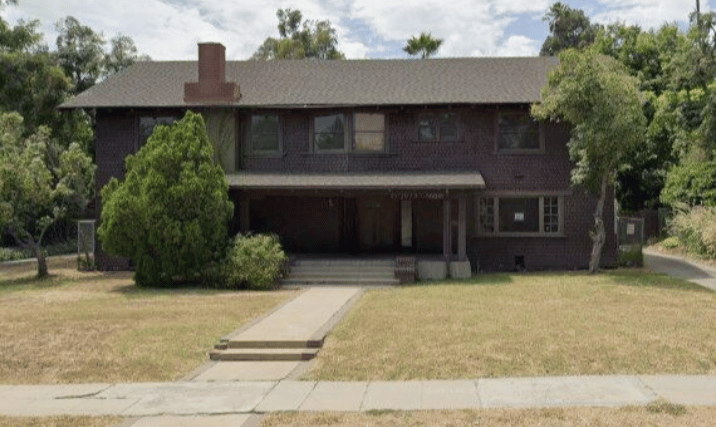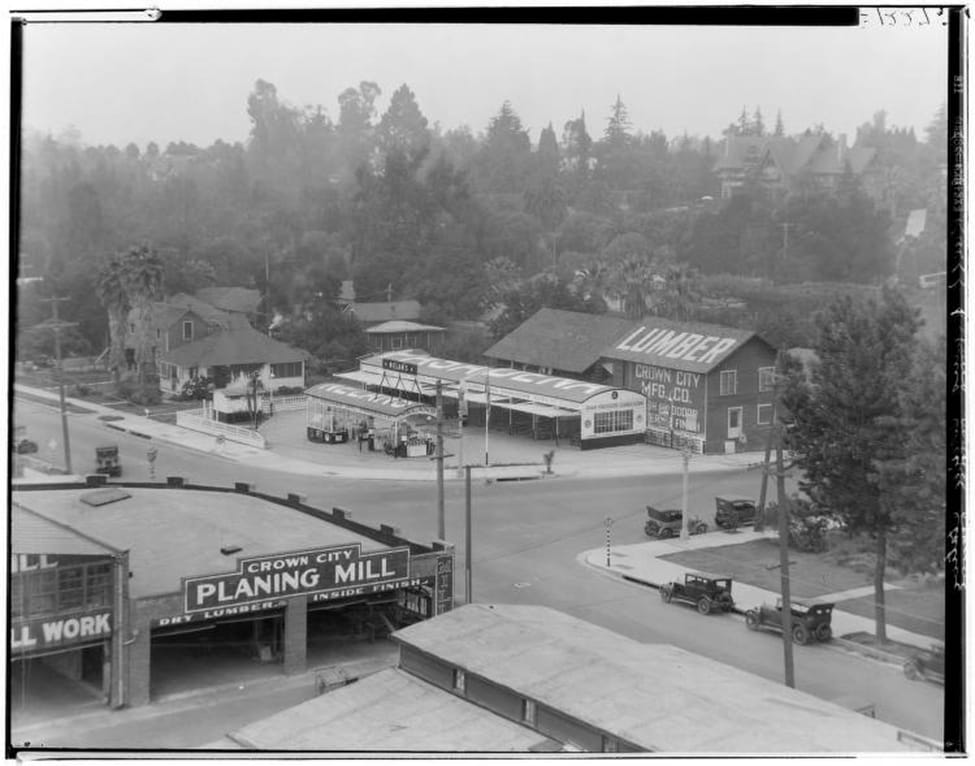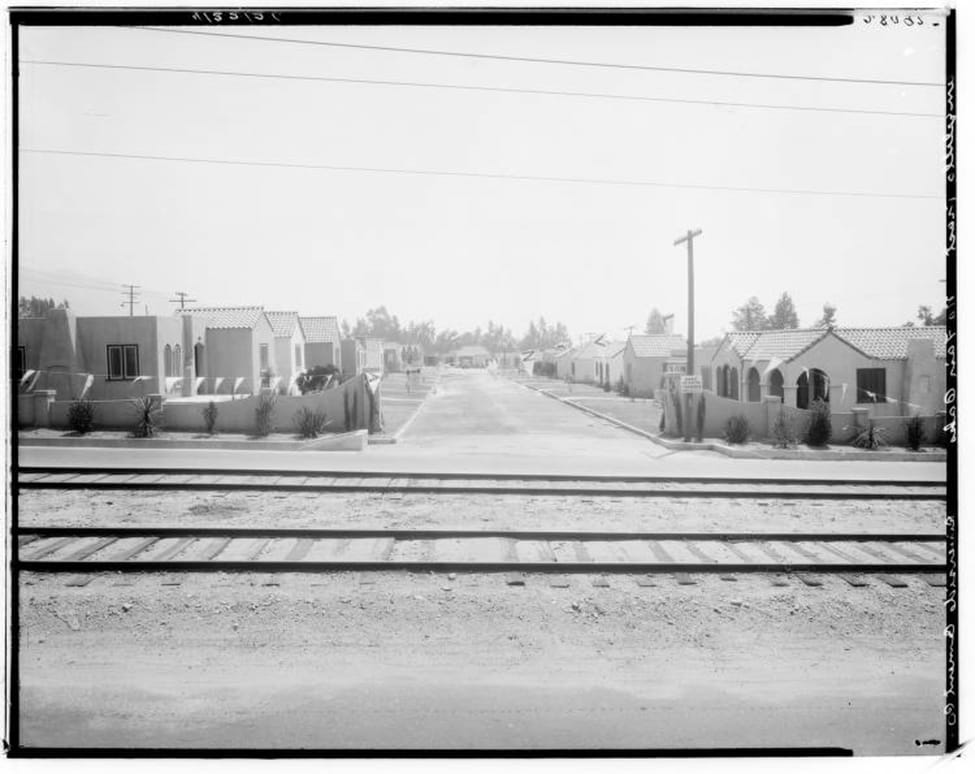- Pasadena Voices
- Posts
- Housing, Infrastructure, and a Region in Crisis: What Happens Next?
Housing, Infrastructure, and a Region in Crisis: What Happens Next?
A Difficult Month for Greater Pasadena
It has been a devastating month for much of the Greater Pasadena area. The Eaton Fire has upended lives, leaving our friends, families, and neighbors grappling with unimaginable loss. The road to recovery will be long, and rebuilding what was once a vibrant, thriving community will take years.
As we focus on recovery, an overlooked piece of Pasadena’s history might offer solutions—if only city leaders are willing to act.
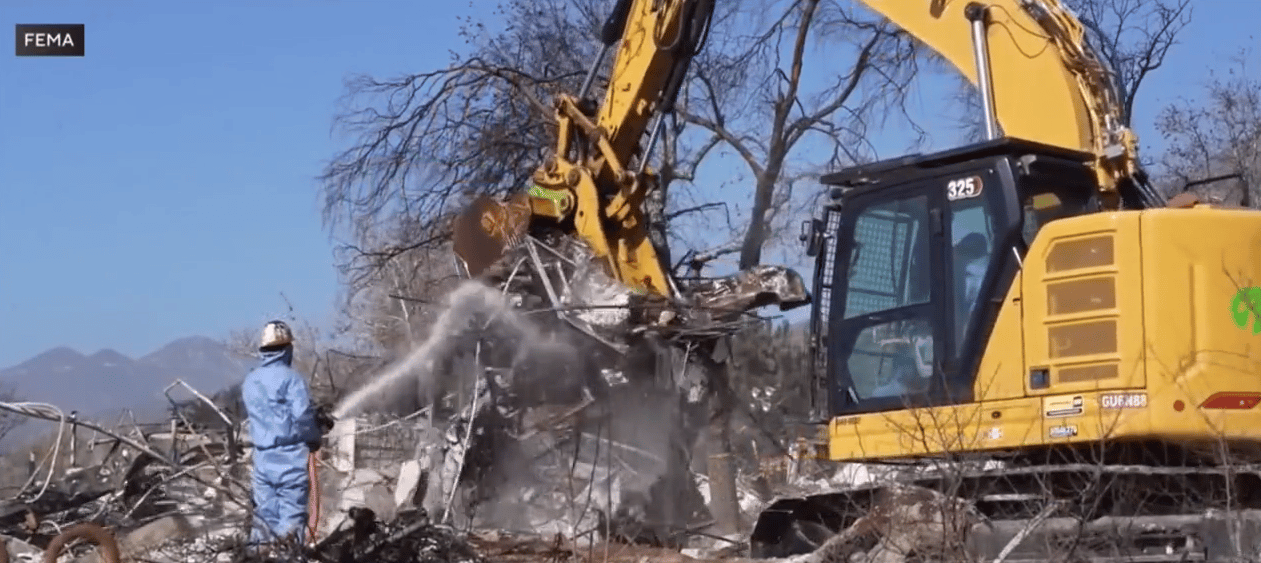
The Latest on the Eaton Fire Recovery
Officials outlined a plan for returning to neighborhoods and managing debris removal.
Lawsuits have been filed against Southern California Edison, alleging the utility’s equipment sparked the fire.
The fire destroyed more than 6,000 homes, along with thousands of businesses, schools, and churches.
With at least 17 deaths, the Eaton Fire is now the fifth deadliest wildfire in California history.
The 710 Freeway Stub: A Forgotten Opportunity
As Pasadena/Altadena grapples with both a housing crisis and the aftermath of the Eaton Fire, city leaders should reconsider a long-ignored issue that could help alleviate part of the crisis: the vacant properties still owned by Caltrans—the remnants of a freeway project that never happened.
The battle over the 710 Freeway extension officially ended in 2019, but not before Caltrans acquired roughly 500 homes in El Sereno, South Pasadena, Pasadena, and Alhambra through eminent domain. With the project abandoned, many of these homes sat vacant for decades. Some were eventually sold—including five historic South Pasadena properties that, in December 2024, went for hundreds of thousands of dollars over the asking price.
Yet, near the Rose Bowl, dozens of Caltrans-owned homes remain empty, including one on South Pasadena Avenue once owned by the family of famed chef Julia Child. In the wake of the Eaton Fire, as displaced Altadena residents search for housing, the question lingers: Will these long-vacant homes finally be put to use?
Traffic Impact: Another Looming Concern
Beyond the housing crisis, there is no doubt that traffic congestion will get much worse if the plans go forward with plans to redevelop the 710 freeway stub into a park and community space.
With debris removal set to begin in Altadena, expect large dump trucks flooding local streets, threatening to choke already gridlocked areas with heavy traffic. Residents in all areas should brace for increased delays and congestion as the cleanup effort intensifies.
It’s unclear whether freeway access from the 134 will be further restricted with the stub project, potentially making it even harder to reach Huntington Hospital, a critical medical facility for the region.
Restorative Justice or Bureaucratic Gridlock?
Efforts to understand the full impact of the 710 Freeway restorative justice plan have been frustratingly slow. Even consultants hired by Pasadena admit that gathering data on the families forced out between 1968 and 1971 has been "beyond difficult." No one seems to have accurate records from that time.
A consultant’s report identified 60 homes demolished in the stub area, but other accounts suggest the number was much higher. And that means, thus far, The Reconnecting Communities Advisory Group, tasked with addressing the harm caused by the freeway project, has faced significant roadblocks in gathering records and crafting an equitable plan.
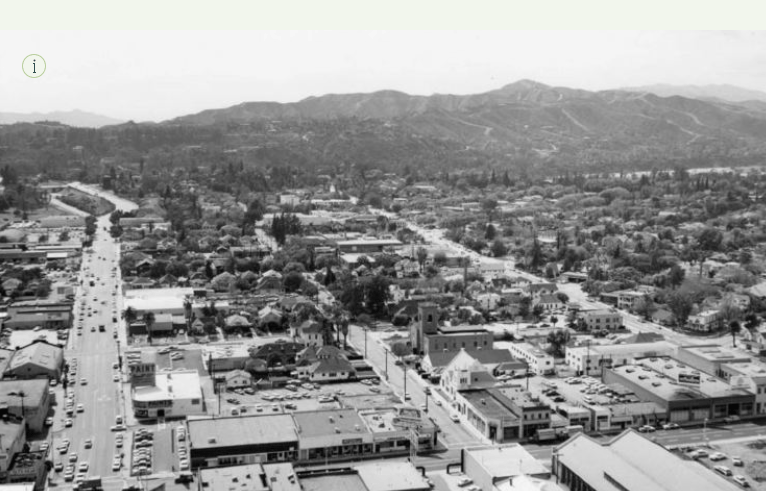
NW Pasadena Before 710 Construction (UCLA Archive)
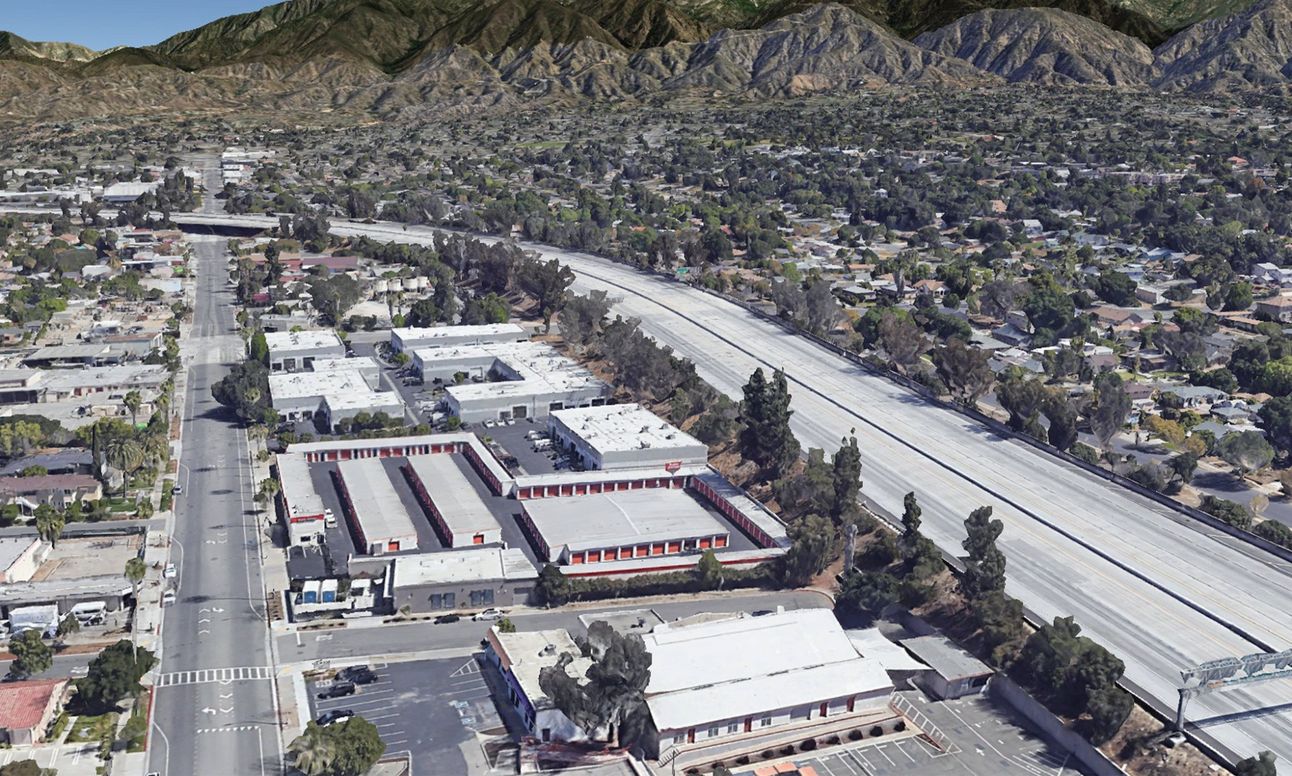
NW Pasadena After 710 Freeway Construction (UCLA Archive)
Who Was Displaced? Who Was Compensated?
The history of the area further complicates the search for answers. Pasadena’s mid-20th-century landscape was shaped by industries like Crown City Manufacturing and crisscrossed by Union Pacific Railroad lines, including remnants of the Pasadena Short Line.
Were neighborhoods severed by the expansion of the Union Pacific Railroad?
How many of these areas contained businesses?
How many families were forced out, and were they compensated fairly?
Without Records, We Don’t Know
Caltrans insists it paid fair market value at the time, but these weren’t luxury estates—they were small homes in tight-knit communities. Now, as Pasadena discusses restorative justice, one critical problem remains: How do you deliver justice when you don’t know who was wronged?
What’s Next
These unresolved questions—about housing, displacement, and infrastructure—underscore how much work remains to rebuild the region equitably and effectively. Will city leaders step up and take action before these challenges spiral even further out of control?
As always, we’d love to know your thoughts.
Advertisement
Get Your Team Booked on 3.8 Million Podcasts Automatically
It's 2025. Want to finally be a regular podcast guest in your industry? PodPitch will make it happen. Even the beehiiv team uses it!
The best way to advertise isn't Meta or Google – it's appearing on podcasts your customers love.
PodPitch.com automates thousands of weekly emails for you, pitching your team as ideal guests.
Big brands like Feastables use PodPitch.com instead of expensive PR agencies.
Support Pasadena Voice’s mission and be a part of our efforts to build a better future.

